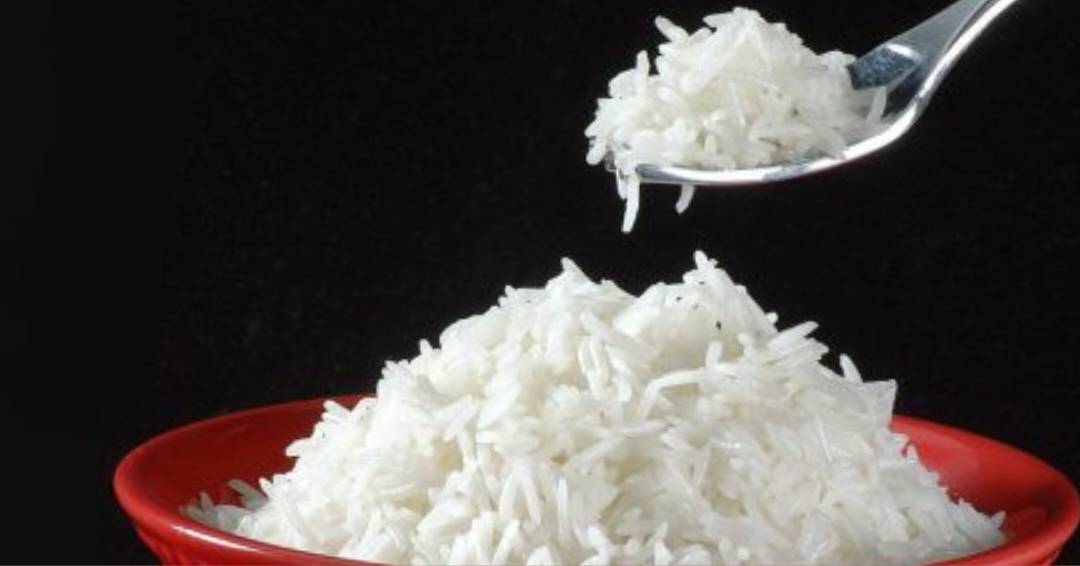
One of the most common questions that arise when it comes to food storage is whether it is safe to refrigerate leftover rice. Rice is a staple food for millions of people worldwide, and its versatility makes it a popular choice for many meals. However, improper storage and handling of cooked rice can potentially lead to foodborne illnesses if not done correctly.
There are several misconceptions and myths surrounding the safety of refrigerating leftover rice, which can leave individuals confused and uncertain about the best practices. In this feature, we aim to dispel those myths and provide clear guidance on the proper handling and storage of cooked rice to ensure food safety.
Understanding the Risks:
Cooked rice can pose a food safety risk due to the presence of spores of a bacterium called Bacillus cereus, which can cause food poisoning. These spores are commonly found in uncooked rice and can survive the cooking process. If cooked rice is left at room temperature for an extended period, these spores can multiply and produce toxins that are harmful when consumed.
Refrigeration and Food Safety:
Contrary to popular belief, refrigerating leftover rice is a safe practice if done correctly. The key to ensuring food safety lies in how the rice is handled and stored after cooking. Cooling the rice rapidly and refrigerating it promptly is essential to prevent the growth of bacteria and the formation of toxins.
Best Practices for Refrigerating Leftover Rice:
1. Rapid Cooling: After cooking, spread the rice in a shallow container or on a baking sheet to promote rapid cooling. This helps prevent bacterial growth by reducing the time the rice spends in the temperature danger zone (40°F to 140°F or 4°C to 60°C).
2. Prompt Refrigeration: Once the rice has cooled to room temperature, transfer it to an airtight container and place it in the refrigerator within two hours of cooking. This prevents bacteria from multiplying and maintains the quality of the rice.
3. Proper Storage Duration: Refrigerated leftover rice should be consumed within three to four days. Discard any rice that shows signs of spoilage, such as an off smell or unusual texture.
4. Reheating Precautions: When reheating refrigerated rice, make sure to heat it thoroughly, reaching a minimum internal temperature of 165°F (74°C), to kill any bacteria that may have grown during storage.
Refrigerating leftover rice is indeed a safe practice when the proper guidelines for storage and handling are followed. By rapidly cooling and promptly refrigerating cooked rice, you can minimize the risk of bacterial growth and ensure food safety. Remember to consume refrigerated rice within a few days and reheat it thoroughly before eating.
By debunking common myths and providing clear instructions on the safe refrigeration of leftover rice, you can enjoy this versatile grain without compromising your health. With a little knowledge and attention to food safety practices, you can confidently store and enjoy your leftover rice dishes while reducing the risk of foodborne illnesses.

Post Your Comments